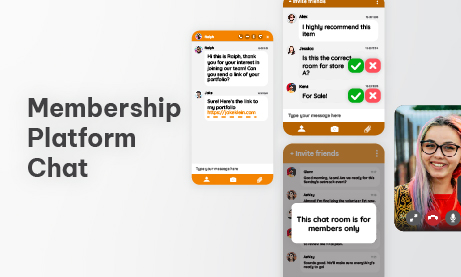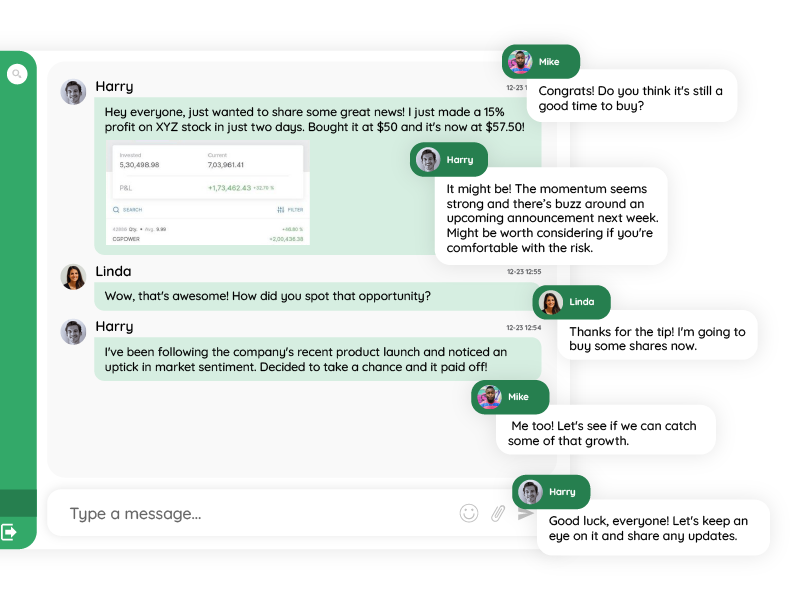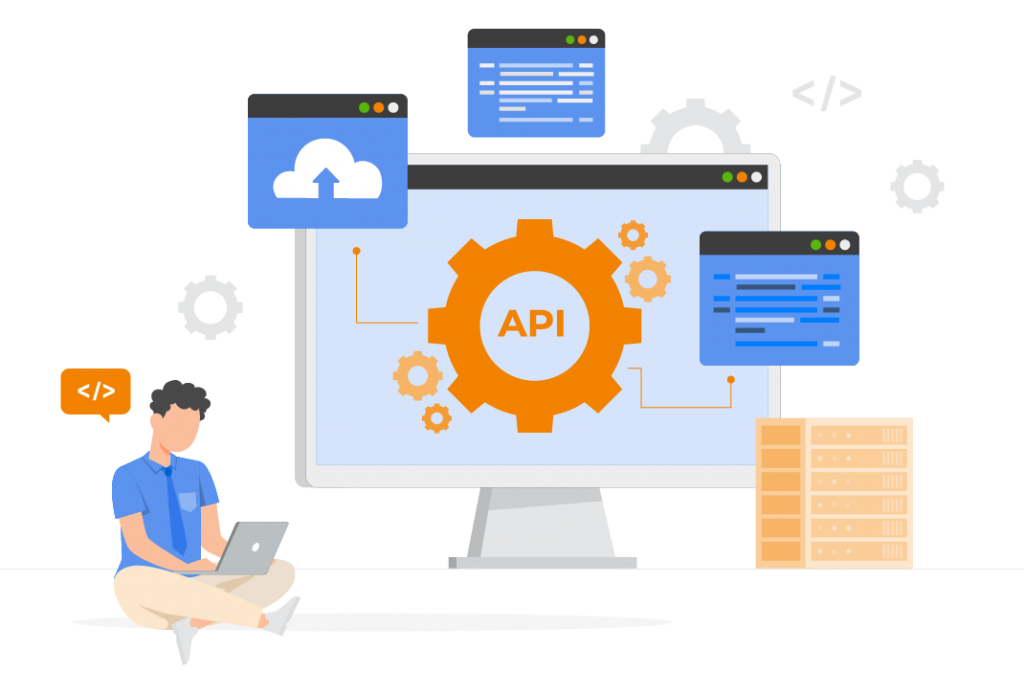In the world of membership platforms, your success hinges on one thing: community. You can have beautiful content, a sleek interface, and top-tier features, but if members aren’t interacting, they’re drifting. That’s where the true power of membership platform chat comes in.
Yet, surprisingly, many membership platforms either avoid using a group chat or rely on limited, built-in tools that lack flexibility and engagement features. On the surface, it may seem like a cost-saving move. But in reality, not having a proper group chat solution is costing you more than you think.
Let’s explore those hidden costs and how external group chat tools can fix them.
1. Missed Engagement Means Missed Retention
When members can’t easily interact with each other, they disconnect. Passive content consumption is not enough to keep someone subscribed month after month.
An active chat gives your members a space to talk, share, and build relationships. It turns your content from a solo experience into a group journey.
Without group chat, you risk:
- Higher churn rates due to a lack of engagement
- Members feeling isolated or disconnected
- Less feedback and idea-sharing in real time
A vibrant membership platform chat is the glue that keeps communities alive. And it’s a feature members expect in any modern digital space.
2. Built-In Chat Tools Aren’t Built to Scale
Indeed, some platforms offer their own chat modules. But they’re often basic, non-customizable, and lack essential functionality.
Built-in chat often suffers from:
- Limited design or branding control
- No real-time moderation tools
- No support for roles, user tagging, or media sharing
- No API/SDK access for deeper integrations
This results in frustrated users and a feeling that your platform is “clunky” or outdated. Worse, it might force members to switch to external apps (such as WhatsApp or Discord), thereby fragmenting your community.
3. No SSO? That’s a User Experience Killer
If your group chat isn’t integrated with your existing user system, members have to log in again. Or worse, create a second account. This tiny friction point can mean a major drop in usage.
Using an external group chat that supports SSO or SDK-based integration means:
- Members are logged in automatically
- Chat uses their existing profile data
- Seamless UX from content to conversation
Here’s a sample integration using an SDK for auto-login:
var chat_login = {
user: {
id: "USER123",
name: "Jane Doe",
avatar: "https://example.com/avatar.jpg",
role: "member"
},
hash: "server_generated_login_hash"
};
This lets you merge chat into your platform invisibly. Users won’t even realize it’s external.
4. Missed Opportunities for Monetization
You’re probably leaving money on the table.
Group chats can be powerful revenue drivers when used correctly. You can:
- Offer premium chat rooms for VIPs
- Host live Q&A events
- Run member-only discussions after webinars
- Add donation buttons or product links directly into the chat
Without chat, you miss these conversion moments. Worse, your competitors who do have chat will pull users away.
5. Limited Analytics and User Insight
A huge advantage of using an advanced chat solution is data. External chat platforms often give you access to:
- User activity logs
- Engagement metrics
- Sentiment analysis
- Popular times and topics
This insight can help guide your content, improve support, and show you where to invest time.
No chat = no data = blind decision-making.
6. Lost Support Channels
Sometimes users need help. A dedicated chat space for support or peer-to-peer help can dramatically reduce your email load while increasing response time.
Plus, if you integrate chat with your admin backend, you can:
- Flag abusive behavior
- Assign moderators
- Archive conversations
And with REST API access, you can automate:
POST /api/rooms
{
"name": "VIP Members Room",
"design": "custom_skin_01",
"max_users": 100
}Set up and manage chat rooms on the fly, perfect for events, campaigns, or new cohorts.
7. Community Growth Becomes Harder
Without a central chat, new members have to dig through forums, comment sections, or emails to connect with others. That’s a barrier to real community growth.
Group chat changes that give members:
- A place to introduce themselves
- A hub for announcements
- Real-time conversations that feel alive
It creates momentum. And momentum keeps members coming back.
8. Members Will Use External Apps Anyway
Here’s the irony: if you don’t offer a good group chat, your users will find one. They’ll migrate to Discord, Telegram, or WhatsApp and start their own side group.
And when they do:
- You lose control of the conversation
- You can’t moderate or protect your brand
- Your analytics vanish
- You lose visibility into what your members care about
Why not give them what they want inside your platform, where you control the experience?
Why It’s Better To Have a Membership Platform Chat
Having no chat, or using a minimal chat, might feel like the simpler path. But the hidden costs are stacking up. Less engagement, fewer insights, missed revenue, and a community that feels disconnected.
Adding a fully-featured, external membership platform chat integration isn’t just a nice-to-have. It’s the key to unlocking your community’s full potential.
Whether it’s through REST API, SSO, or SDK-based auto-login, the right chat solution lets you:
- Boost engagement
- Keep users on your platform
- Deliver a seamless experience
And most importantly, it helps your members feel like they’re part of something real.




